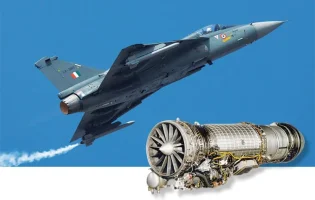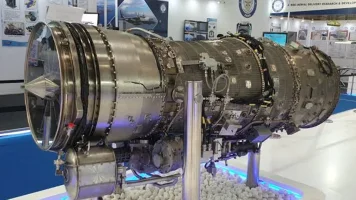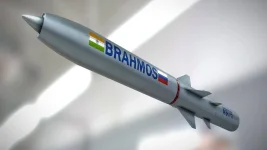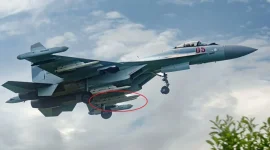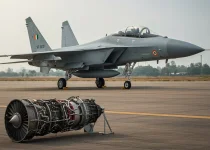- Views: 2K
- Replies: 9

Hindustan Aeronautics Limited (HAL) has achieved a significant milestone in the development of its Combat Air Teaming System (CATS) with the successful completion of engine ground runs for the CATS-Warrior full-scale demonstrator.
This breakthrough paves the way for upcoming taxi trials and eventually the much-anticipated maiden flight of this advanced unmanned combat aerial vehicle (UCAV).
Sources indicate that HAL is preparing to initiate taxi trials in the coming weeks. This critical testing phase will assess the CATS-Warrior's ground handling, control systems, and overall system integration, ensuring its readiness for flight operations.
Following the successful completion of taxi trials, the CATS-Warrior is expected to receive clearance for its first flight. A dedicated technical committee will rigorously analyze the data from the trials, and if all parameters are met, the maiden flight could be approved within the next few months.
The CATS-Warrior is not merely a drone; it represents a crucial element of HAL's vision for a networked combat system. Designed to operate as a "loyal wingman" to manned fighter aircraft, particularly the Tejas Light Combat Aircraft (LCA), the CATS-Warrior will enhance combat effectiveness through collaborative missions.
This collaborative approach allows manned and unmanned platforms to work together seamlessly, conducting tasks such as reconnaissance, threat engagement, and electronic warfare in a coordinated manner.
Furthermore, the CATS-Warrior boasts low observability features, making it a stealthy UCAV capable of penetrating hostile airspace undetected. Its autonomous capabilities are designed to alleviate the workload on human pilots, enabling them to concentrate on strategic decision-making.
The CATS-Warrior program underscores India's growing expertise in developing advanced unmanned aerial systems. With its potential to revolutionize air combat operations, the CATS-Warrior is poised to become a game-changer for the Indian Air Force.


